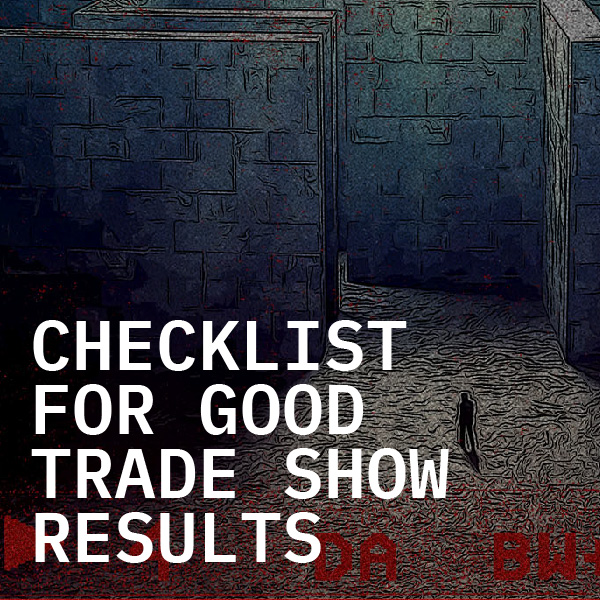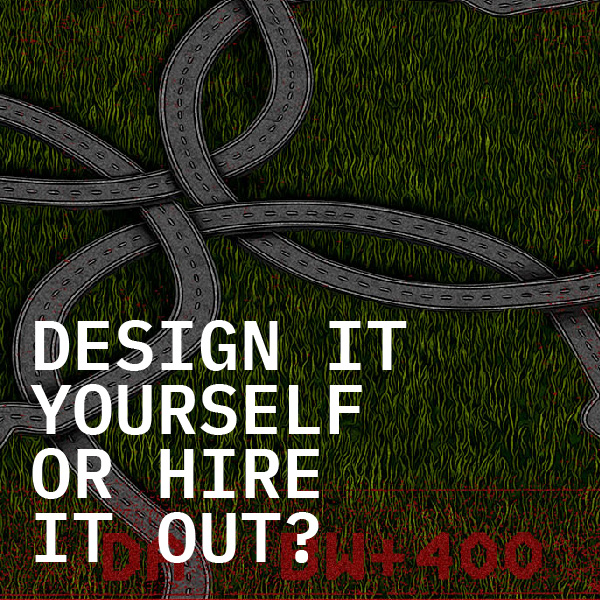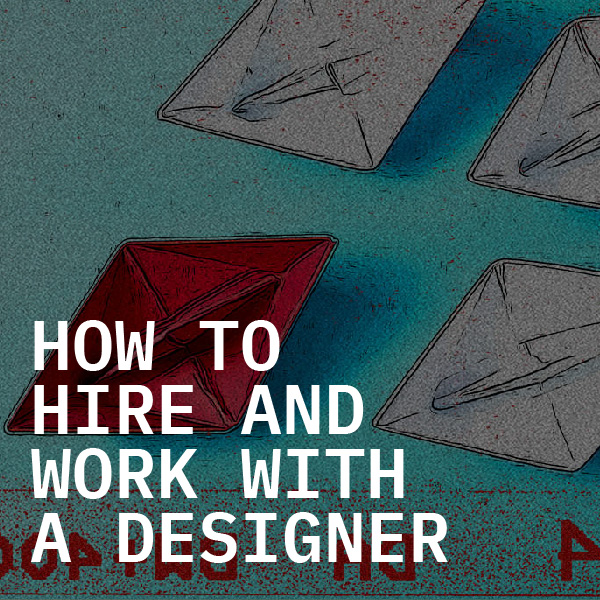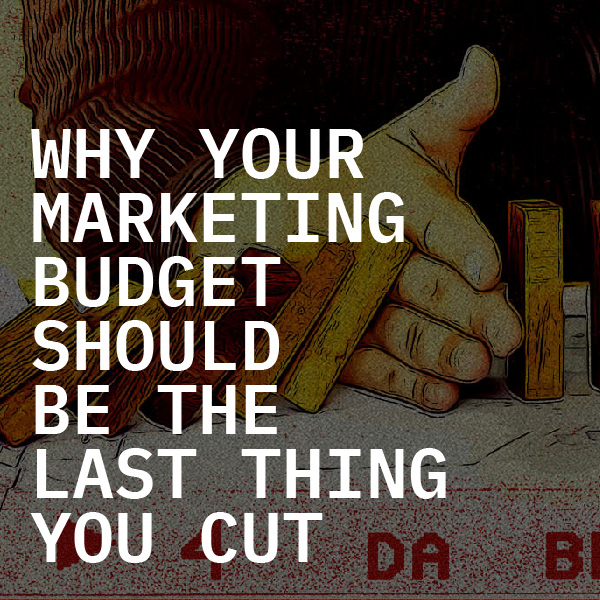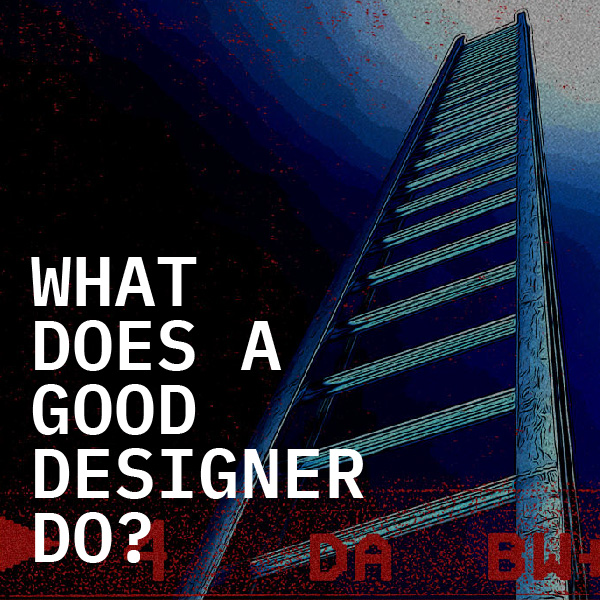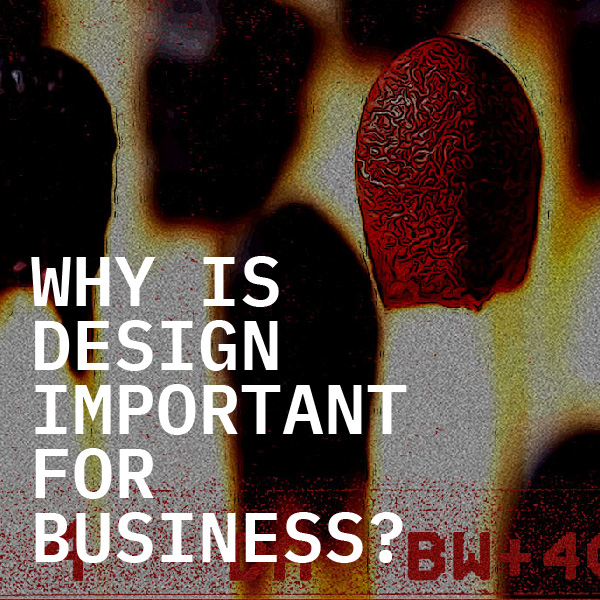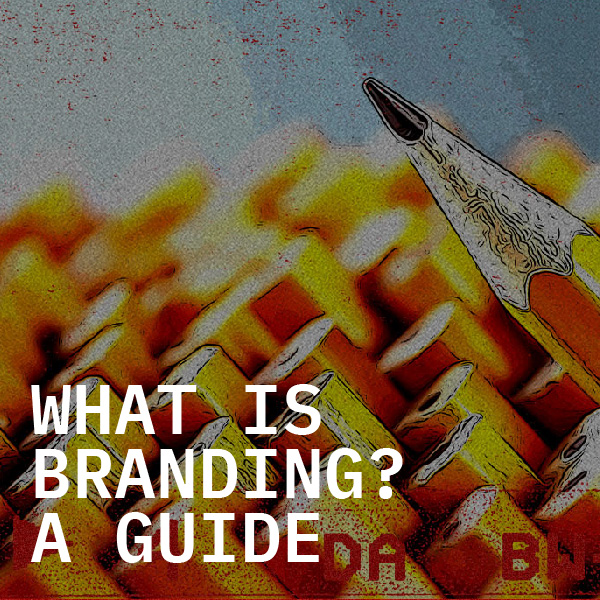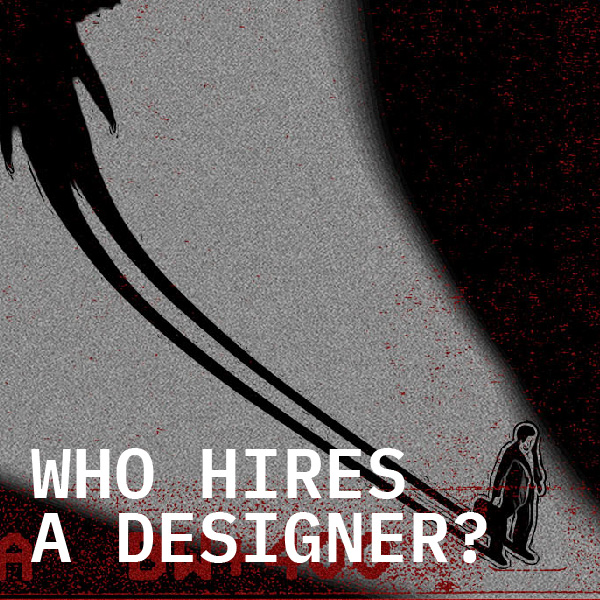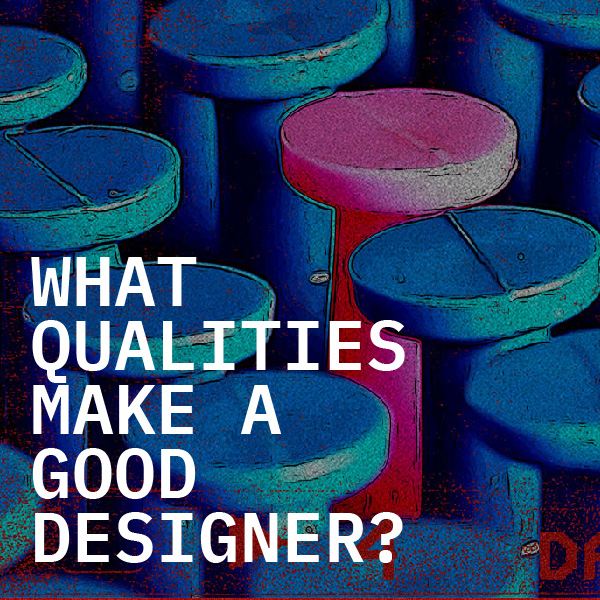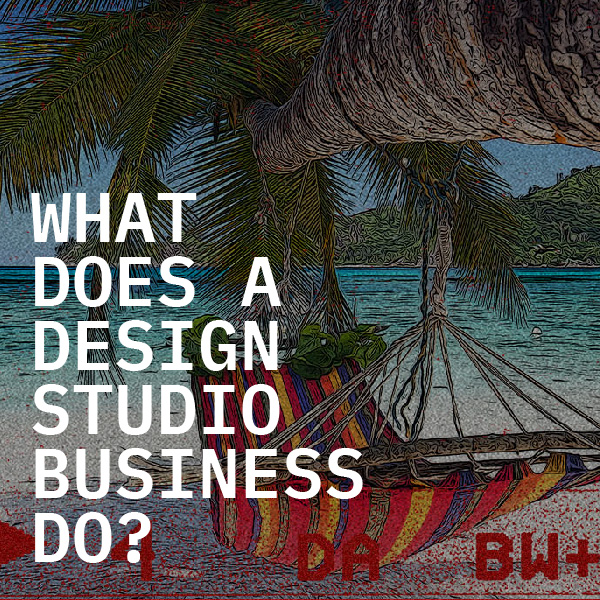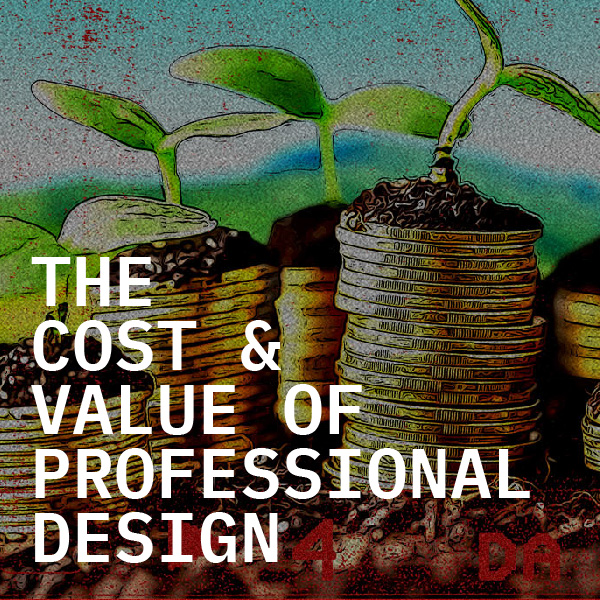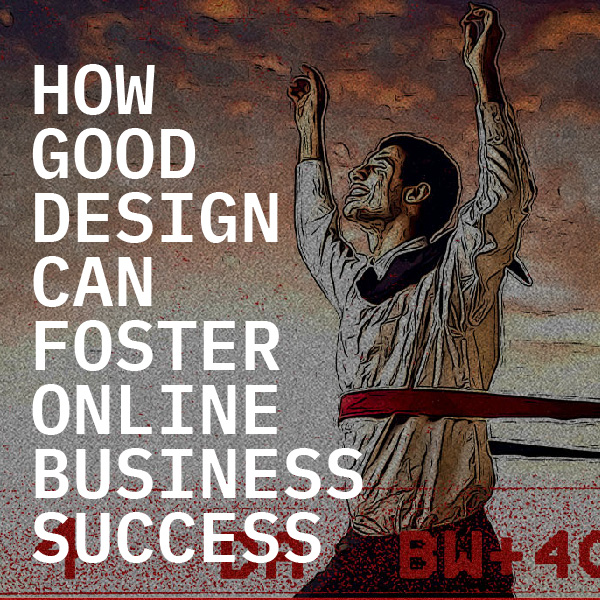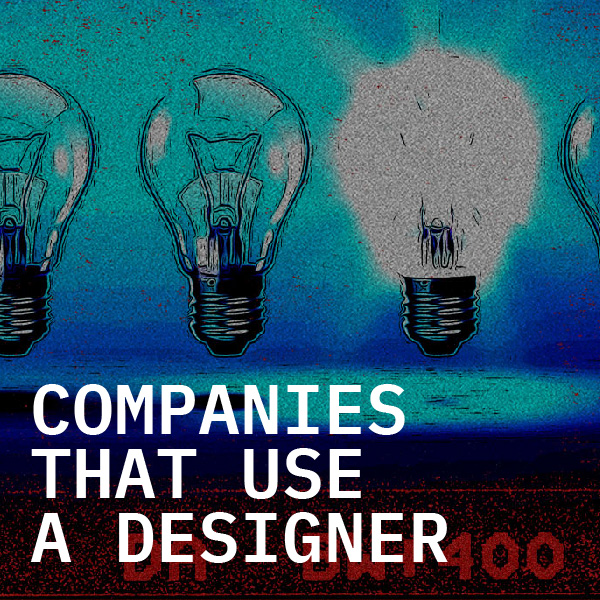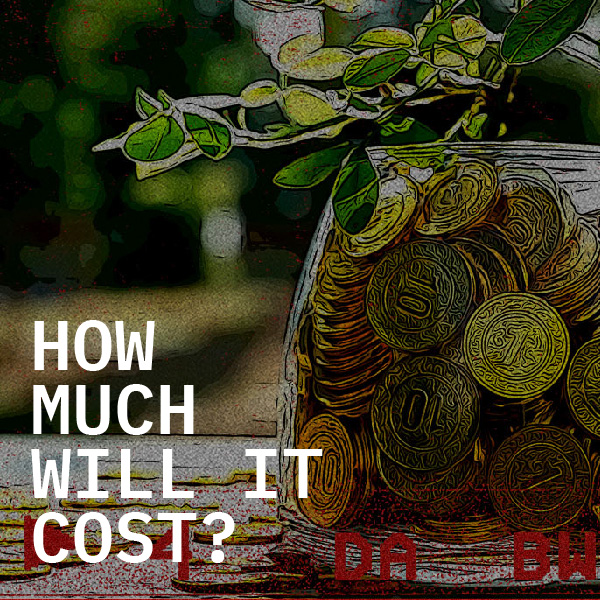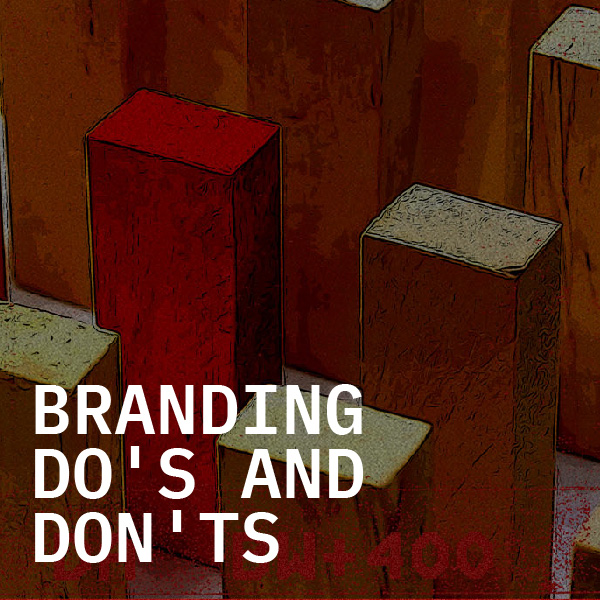of traits
There are a number of traits that help define what to look for in a graphic designer. After all, this is a business partnership.
Prospective teams should approach design firms and freelancers with the same time and attention they give to other hiring and growth initiatives since this is precisely what good graphic design will provide.
Communication is at the heart of a functioning graphic design partnership. Not just in the literal sense, either, as designers function to build communicative visuals for you and your small business, but as a matter of practice and professionality.
Designers must get to know you and your brand, ask the right questions and curate the right idea-generating conversations. They can then identify the key branding and storytelling elements through meetings, surveys, questionnaires and more to whittle precisely what you need to convey your business’ story. Most of all, they need to listen.
The importance of this two-way communication continues through design-concept templates. Some agencies may even offer numerous design concepts early on, garnering feedback and ensuring they meet a client’s every expectation.
This sort of communication across every step of the design process signals one of the chief characteristics of a design partnership rather than a one-and-done service. Creative and insightful communication begets creative and insightful designs.
Design
Thinking
We stick “design” into the proverbial “critical thinking” skillset not only to emphasize the specific talent and deliverables a designer brings but also to show how it is an evergreen mindset unique to these individuals, not just an empty way to promote a work ethic.
The best design partners in your area don’t see their trade as churning out collateral one after the other. It isn’t an assembly line. Instead, designers are methodic and immersive, taking disparate pieces of abstract information and funneling them into a cohesive, creative visual message.
It’s a process about thoughtfully and empirically narrowing down, not pumping out. And they do so strategically, balancing the creative with the technical — a hallmark of the critical thinker.
Management
Prioritisation
When thinking of designers — or anyone in a creative profession, for that matter — many people conjure up images of the eccentric artist, sitting alone at a desk or sketchpad, waiting for inspiration to strike.
While it’s certainly colorful, this stereotype fails to account for the methodic attention, scheduling and routine that’s part of a professional’s approach. Designers work across client concepts linearly and diligently.
They don’t pull ideas out of thin air but work with consistent and collaborative structures, often with the assistance of project managers and client liaisons, marketing analytics, researchers, advertisers, copywriters, editors and more.
They have tight and overlapping schedules with clients in numerous industries expecting a range of collateral, from initial concept conversations and mock-ups to the final finished product.
All that is to say that a good designer is one who can, and does, professionally prioritise. Only those with a keen sense of time and project management can genuinely keep pace, setting themselves apart from the competition.
Patience is the glue the keeps the design process together. Across all the communication, meetings, mock-ups, market research, concept designs, tweaks and re-tweaks, no other trait assures projects run along smoothly.
This virtue also encourages persistence and quality assurance within the studio. Even if a design concept is on its tenth version and still not quite there for the client, patience puts aside any frustration, recognising the high stakes and standards at play. It doesn’t just seek to get things over with and move on.
What’s more, the very nature of the industry invites criticism daily. Those who cannot bring patience and level-headedness to their work will not only damage client relationships but they’ll also hurt their own professional reputation.
A designer’s or creative agency’s portfolio will give you direct insight into their core competencies. It will show you what kind of clients they’ve worked with in the past and on what projects.
It will also allow you to pick out design elements or features consistent across their work — a sort of creative signature you can use to distinguish further who’s the right partner for you.
Just remember not to confuse quantity with quality. Sure, an established studio could have worked with hundreds — if not thousands — of brands and collateral over its lifetime, while a newer agency or freelancer perhaps only a dozen.
We cannot stress enough how design is not an assembly line.
Look for those whose portfolio mirrors the traits above. You won’t miss it.
MORE
KNOWLEDGE
Get
in
touch
If you have a new project on the horizon or want to explore working with a new creative agency to support your team, give us a call (in English or Swedish!)
